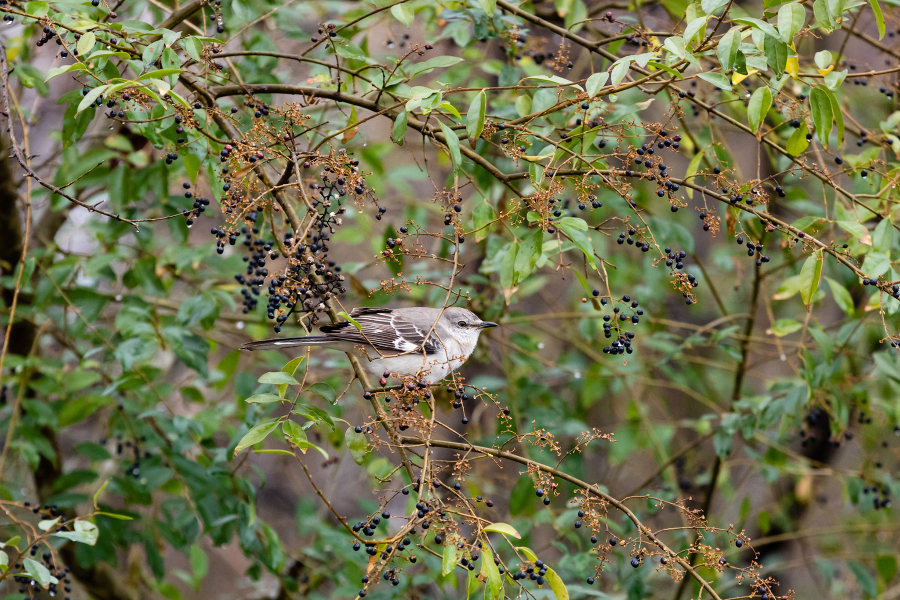A garden escapee takes over
The invasive Chinese privet plant outcompetes native landscapes

Chinese privet was introduced to the United States more than 150 years ago. It’s a popular garden shrub because it’s low-maintenance and produces beautiful flowers.
However, the plant is no longer contained to gardens—it has become widespread throughout the southeastern United States and is now classified as an invasive species.
The berries of the Chinese privet plant are poisonous to humans and dogs, but the real danger the plant poses is to native landscapes. Chinese privet grows in very dense shrubs and can block and outcompete native plants. In addition, it matures quickly, produces large numbers of seeds and can also reproduce asexually through suckers, meaning a new plant sprouts from an existing plant’s roots. These traits give Chinese privet the ability to quickly take over large areas.
One of the best things watershed residents can do to avoid spreading Chinese privet or other invasives is to choose native plants for your backyard or garden. Native plants provide vital habitat for bees, birds and butterflies and are often easier to maintain than other species, since they’re adapted to local conditions.
Learn more about invasive species in the Chesapeake.

Comments
There are no comments.
Thank you!
Your comment has been received. Before it can be published, the comment will be reviewed by our team to ensure it adheres with our rules of engagement.
Back to recent stories